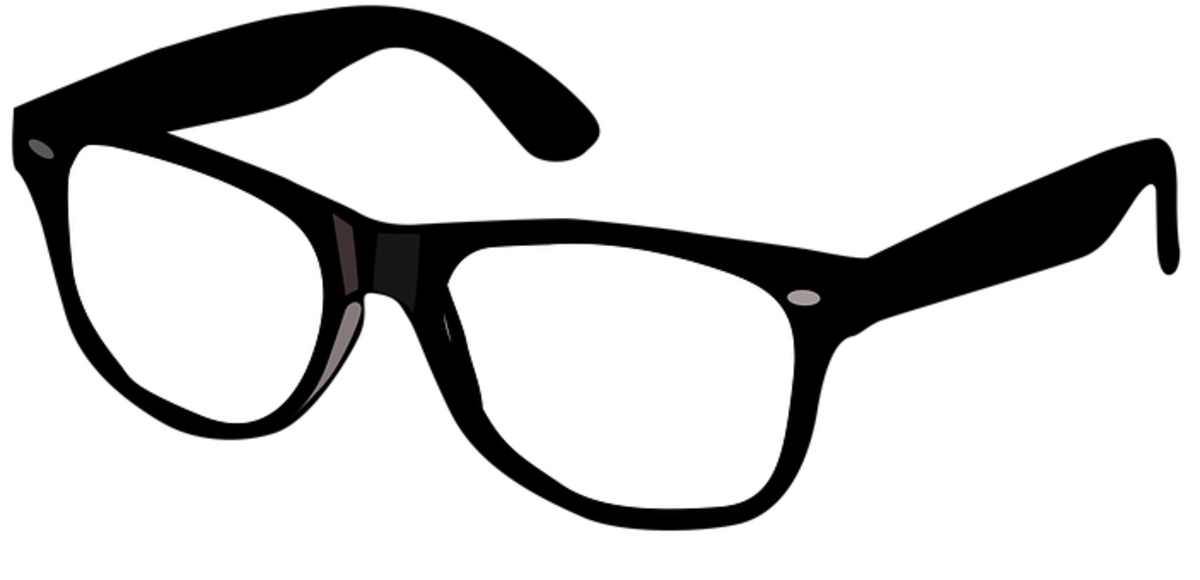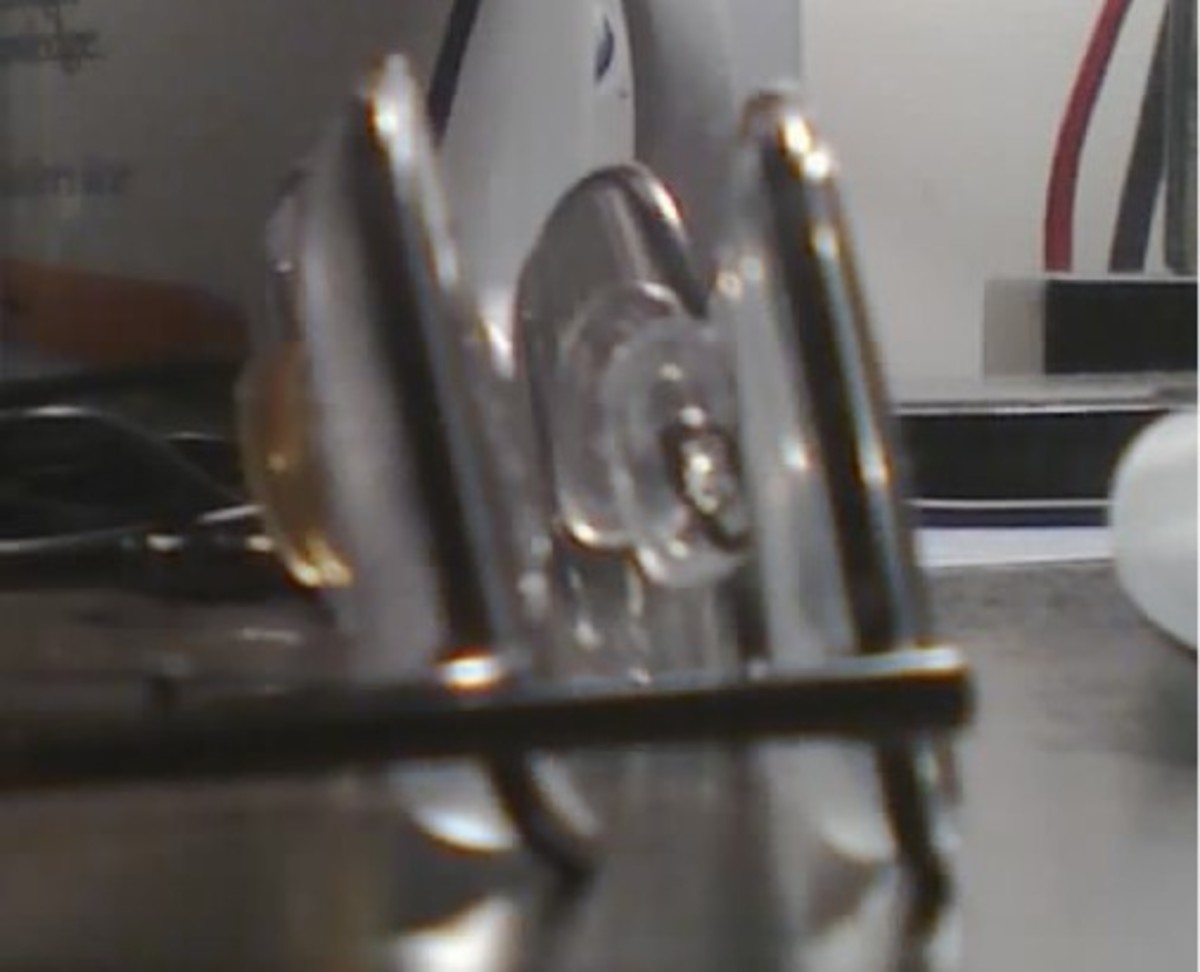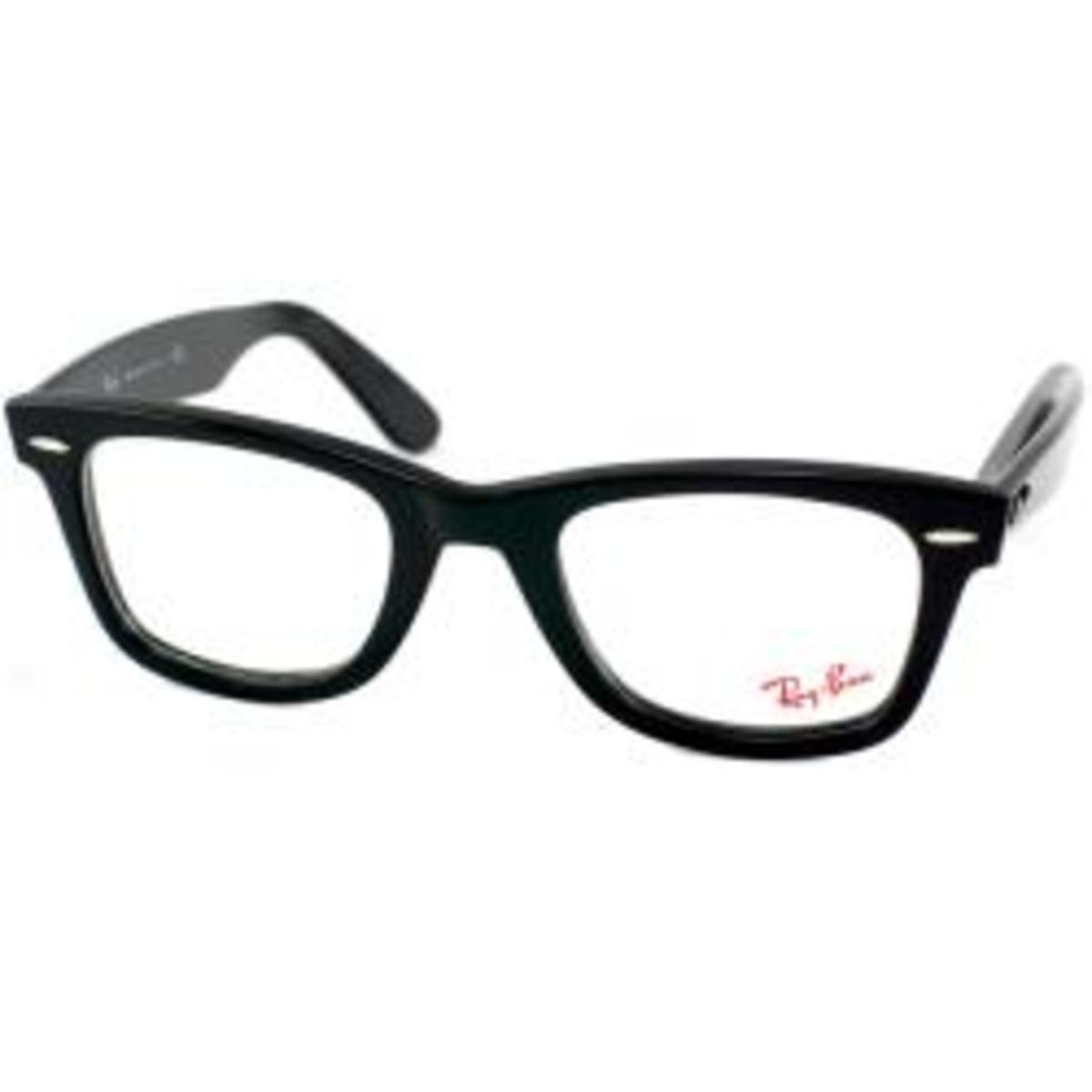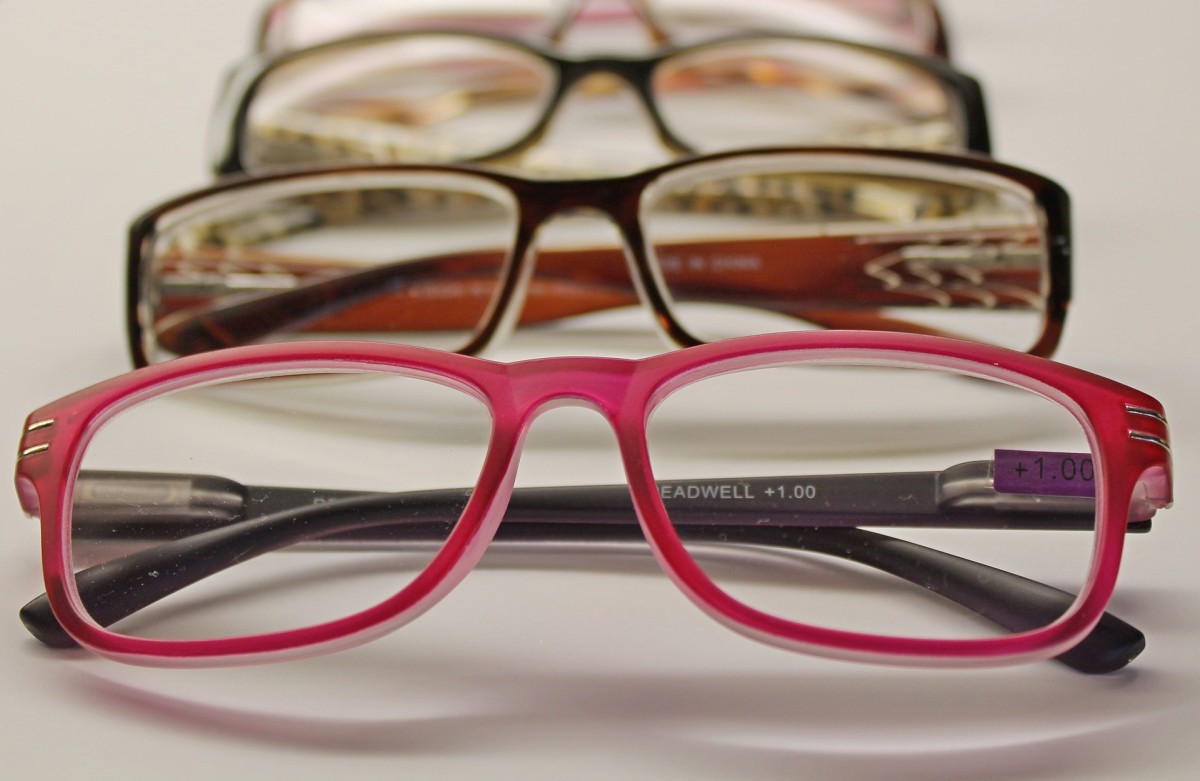Contact lenses guide: buying, cleaning, inserting, removing and risks
Contact lenses have evolved in the past few decades to a level where smart contact lenses can transform human vision to super human levels. While these lenses can cater to the cosmetic needs of people with visual problems, one has to understand how best to use and care for contact lenses in order to harness its full potential. This hub is expected to provide the regular contact lens user with all the necessary knowledge to optimally use his or her contact lenses until its expected duration of life. The hub will also provide valuable information related to types of contact lenses, inserting and removing of contact lenses, risks associated with using contact lenses as well as regarding how to prevent infections when using the same.
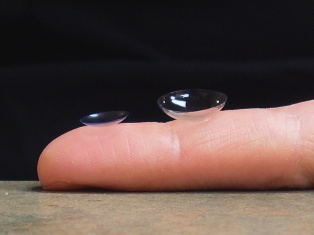
Types of contact lenses
There are two main types of contact lenses. Soft contact lenses and Hard contact lenses. Among them, the most popular type seems to be the soft contact lenses given its flexibility and the easy adaptability once it is placed in the eye.
Soft contact lenses
Soft contact lenses hardly displace from its inserted location and are considered to be comfortable for most users. Depending on the user preference, there are several types of soft contact lenses available in the market.
Daily wear
For those who are tight in their budget, a daily wear soft contact lens is the ideal although it has to be put-on each morning and removed before sleep. It should also be cleaned and disinfected at the end of each day. The lifetime of a daily wear contact lens can differ from one manufacturer to another. If one considers daily removal and insertion of a contact lens is cumbersome,
Extended wear
one could choose the option of an extended wear contact lens. One could even sleep while wearing these lenses although it has to be removed for cleaning and disinfection at least once a week. However, experts warn that wearing such lenses during sleep might increase the risk of eye infections although the manufacturers argue against.
Disposable
For those who cannot tolerate handling disinfectants regularly and have high risk of eye infections, it is recommended to use disposable soft contact lenses which can be worn for a recommended duration of time and dispose the same thereafter. It does not require removing and cleaning but only to adhere with the manufacturer recommended expiry date.
Hard contact lenses
Hard contact lenses on the other hand provide clear vision and may be preferred by those who have experienced repeated problems with soft contact lenses. Hard contact lenses are also less prone to infections although bad handling may take away that advantage. However, given its inflexible nature, hard contact lenses may dislodge from its original place of insertion rather easily and will take at least 1 week before the user feel comfortable wearing it without any discomfort. Most hard contact lenses require cleaning and disinfection each day and to be removed before sleep. However, when compared with soft contact lenses, hard contact lenses can be used for a prolonged period and in most instances for several years.
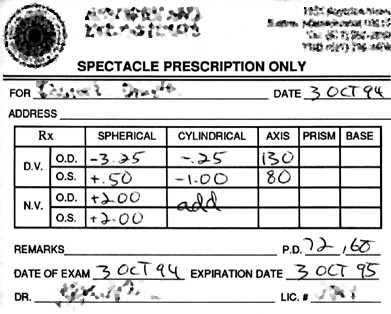
Important consideration before buying a contact lens
It is always important for you to have a current and a valid prescription to buy a contact lens. At the same time, if you have not had an eye check within the last one to two years, it is probable that your eyes might have deteriorated more or else have developed certain conditions, which require special attention. Therefore, it is important for your eye prescription and check-up to be current. You should also know that your prescription for contact lenses usually expire within one year although in some instances it can last for two years. However, in some instances, a prescription may only last for few months. Therefore, it is not advisable to stock-up lenses or else to use a expired prescription to buy your contact lenses.
FDA guidelines on using contact lenses
Before discussing daily care of a contact lens, it is important to know the U.S. Food and Drug Administration (FDA) guidelines on using contact lenses. These guidelines include,
- Follow recommended wearing schedule.
- Do not substitute sterile saline solutions for multi-purpose solutions.
- Rub and rinse your contact lenses as directed by your eye care professional.
- Do not “top-off” the solutions in your case. Always discard all of the leftover contact lens solution after each use. Never reuse any lens solution.
- Clean, rinse and air-dry your lens case each time lenses are removed.
- Do not expose your contact lenses to any water: tap, bottled, distilled, lake or ocean water.
- Contact your eye care professional if you experience any symptoms of eye irritation or infection.

Inserting contact lenses
Before inserting a contact lens, you should wash your hands with soap and water and dry using a clean towel. The lens should then be rinsed with a solution recommended by the manufacturer in order to remove any debris. However, for brand new lenses, this is not usually required. Following rinsing, the lens should be placed over your index finger after carefully assessing the correct orientation. It is always best to apply and remove the lens to your right eye before your left in order to avoid mixing up the two lenses during each cycle of insertion and removal. Use the other hand to hold the eyelid in order to avoid your eye from blinking. While looking up towards the ceiling, you should now insert the lens first over the lower part of your eye while pulling the lid downward ever so slightly. Gradually release the eyelid and close it for a while. Now, blink the eye for several times in order to position the lens at the center.
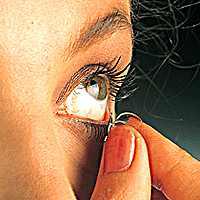
Top facts on infection prevention
Always wash and dry hands before handling contact lenses
- Remove before sleep
- Avoid exposing the lens to water
- Don't use saliva to clean
- Use the right lens solution within the expiry date
- Rub lens gently when cleaning
- Replace the lens at the right time
Removing contact lenses
As with inserting the lens, you should wash your hands with soap and water and dry using a clean cloth. You should now gaze towards the ceiling and pull down the lower eyelid. Bring your index finger slowly towards the eye and touch the lower edge of the contact lens. Gradually slide the lens down towards the lower white part of the eye before holding it between your thumb and index finger. Gently squeeze the lens between the two finger and remove it in the same move.
Preventing infections
When using contact lenses, preventing infections should be given the priority. Following are some important advice regarding using contact lenses infection free.
First of all, one should practice proper hygiene when handling contact lenses. As described earlier, this includes washing your hands thoroughly with soap and water and drying them using a clean cloth before touching the lenses. Removing the contact lenses before sleep is another important step although some manufacturers argue it is not necessary to remove certain types of lenses even during sleep. However, fact of the matter is, it is always a good idea to remove the lenses before sleep as it has proved to be effective in reducing the contact lens associated eye infections. Some eye infections are the result of contact lenses being exposed to water and therefore it is advisable for you to remove the contact lenses before having a bath, going for a swim or when using a hot tub. You should always remember that it is a bad practice to use saliva to moisten your contact lenses as it can introduce germs and therefore cause eye infections. At times, the contact lens solution can be contaminated and therefore transfer germs to the lens. Therefore, one should always use manufacturer recommended contact lens solution and should store and use the same according to its stated guidelines. While some contact lens cleaning solutions do not require for you to rub the lens, it is advisable to rub your lenses gently before rinsing at all times. Lastly, it is important to replace your contact lenses at the correct time and not to continue using the same when there are signs of damage or distortion.
Disadvantages of using contact lenses
Your opinion
What is best?
Decorative contact lenses
In today’s world, contact lenses are not only used for correcting visual problems but also for decorative purposes. It is not uncommon to see people having differently colored eyes from time to time all thanks to contact lenses. As with any contact lens, even the decorative contact lenses carry the same risks to one’s eyes and therefore should be careful when handling. The hygienic methods described in handling contact lenses are same for the decorative contact lenses and it is highly important to read the manufacturer instructions before using such devises.
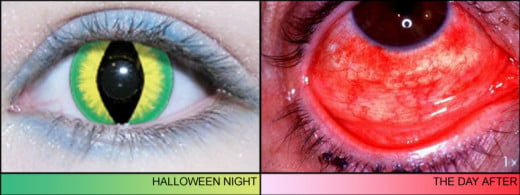
Risks of using contact lenses
While it is rare that contact lenses give rise to anything more than a discomfort to its users, there are instances where side effects can become rather severe. One such instance is allergic reactions and it is most often seen with the use of decorative contact lenses than when using the usual contact lenses. Decreased vision can also manifest with the use of inappropriate contact lenses and in very rare instances, complications related to contact lenses can lead to blindness as well. However, the commonest significant side effect of using contact lenses is infections and it is important to identify such infections early and treat in order to prevent further complications.
In conclusion, contact lenses can be a good alternative for eyeglasses or even for decorative purposes as long as it is used properly with good care.

